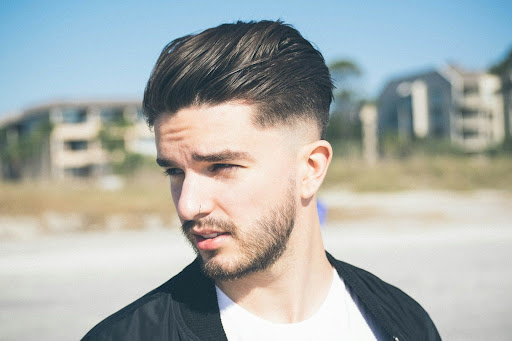The world of music production is an intricate dance of technical mastery and creative finesse. What if we suggested that hairstyles could influence the sound as significantly as a mixing console? This might seem like an unconventional theory reminiscent of the ’80s, but there is indeed scientific evidence supporting this phenomenon. Prepare yourself as we embark on an enlightening journey into the fascinating intersection of audio perception and the impact of hairstyles on music production.
The Science Behind It
To grasp the concept that sounds can exhibit style sensitivity, it is imperative to delve into the intriguing domain of psychoacoustics — the scientific study of sound perception. Various studies on audio-visual interactions within the brain have revealed that our perception of sound is influenced not merely by the auditory stimuli but also by visual stimuli. There seems to be a robust link between auditory judgments and non-auditory sensory feedback, such as visual cues from our environment — or our personal appearance.
One pivotal experiment showed that people are more likely to judge sounds as louder when observing a video of a bouncing ball that is higher in the frame. This strange quirk of our sensory perception is similar to a hairpin turn in a straight road — surprising but absolutely real. The bottom line is that our minds are a grand mixing board, where visuals crank up the dials on our auditory judgment.
Hairstyles And Their Auditory Implications
Now, with the scientific groundwork laid, it’s time to unravel the effect of various hairstyles on auditory perception. And it’s something you might see barber blogs discuss. For instance, have you noticed the different acoustical environments of a head of flowing locks compared to cropped tresses? When it comes to hairstyles, the longer, the louder — at least to our perception.
Long hair is said to ‘trap’ sound, providing a sort of in-built bass boost, which creates a cocoon of resonance around the ears. Conversely, a shorter cut is described as ‘leaning out the mix,’ making the sounds more direct and immediate. Dye jobs and extravagant styles add another layer, potentially echoing one’s frequency perception or even introducing a reflective surface that could scatter certain frequencies the audio equivalent of a disco ball’s light show.
Hundreds of music producers have anecdotal stories of “feeling the sound” through a drummer’s flowing mane or “hearing the brightness” of a vocalist’s freshly cut bob. The relationship between hair and musical mood is so ingrained that it’s become a subliminal note in the artist’s personal track, quite literally winding through the very fabric of the sound.
In closing, it’s clear that our cerebrum is concertedly culminating sound with sight, creating synesthetic symphonies in the studio. Whether we’re aware of it or not, the ripple effects from watched waves and coiffed crescendos are smashing onto the shores of how we perceive the audio art that surrounds us.
In the grand ballad of production, perhaps it’s time to rock out with our locks out!
Read Our Other Blog: Top 5 Strategies for Marketing Your Recording Studio
